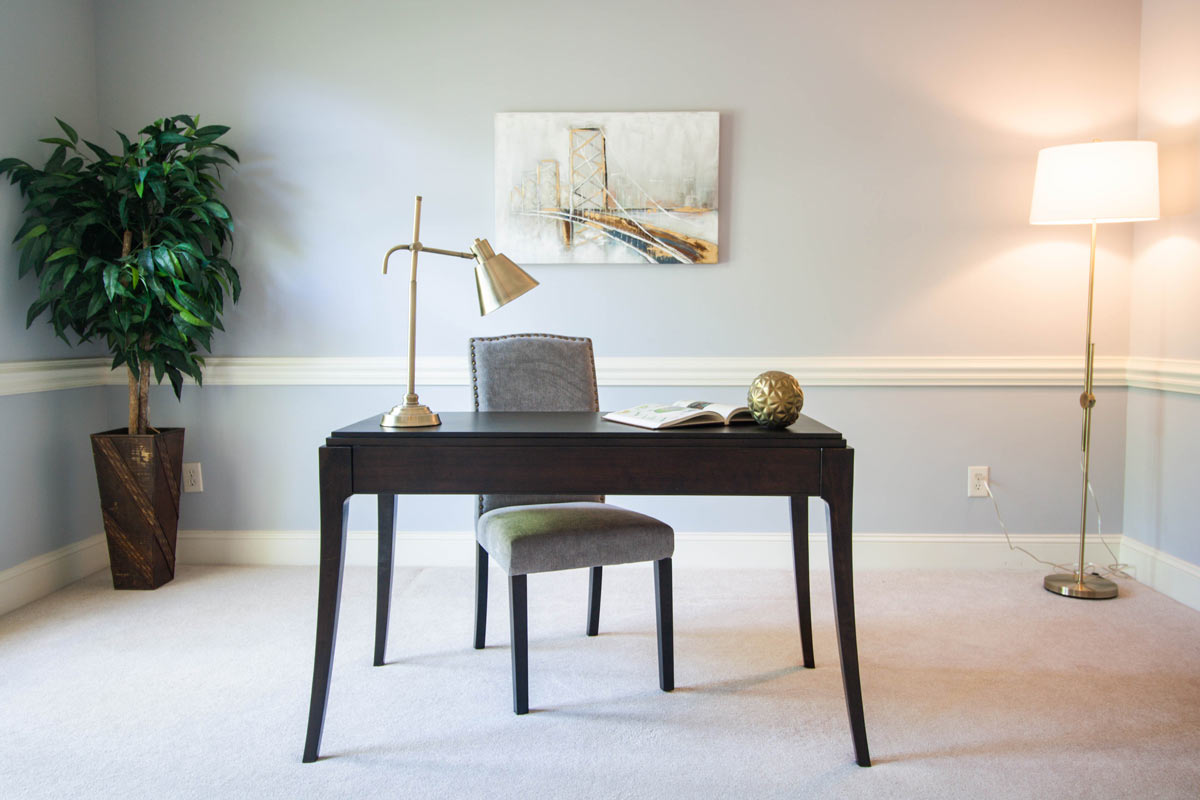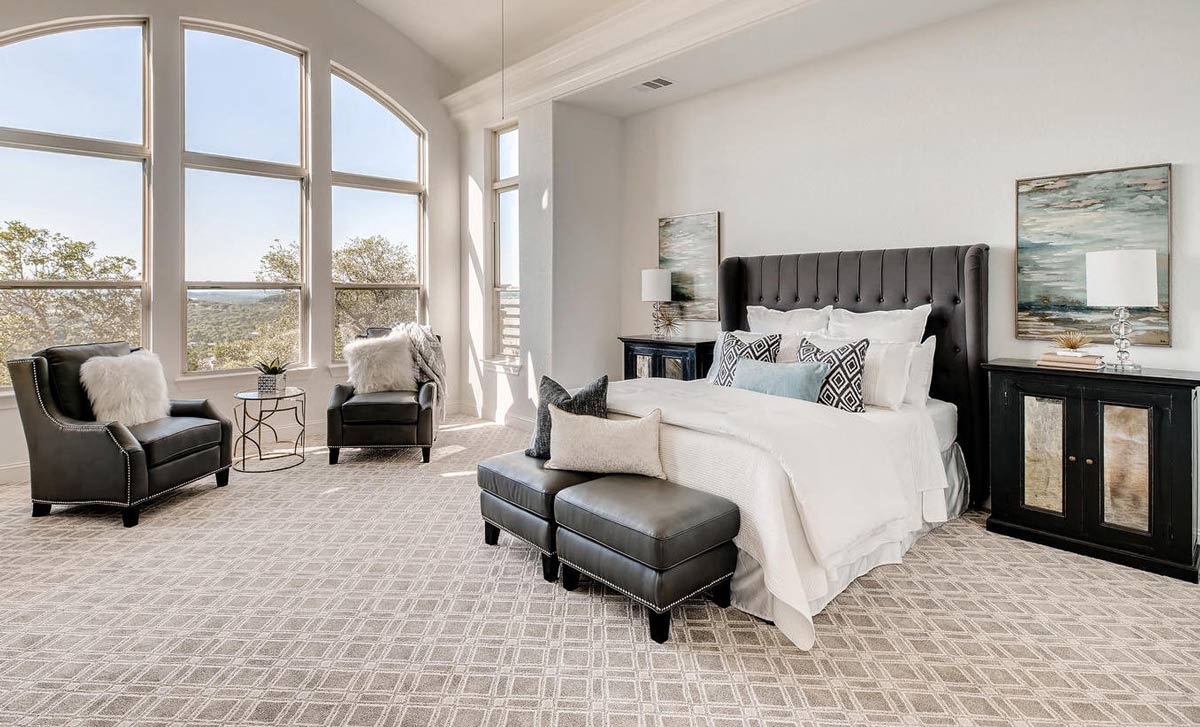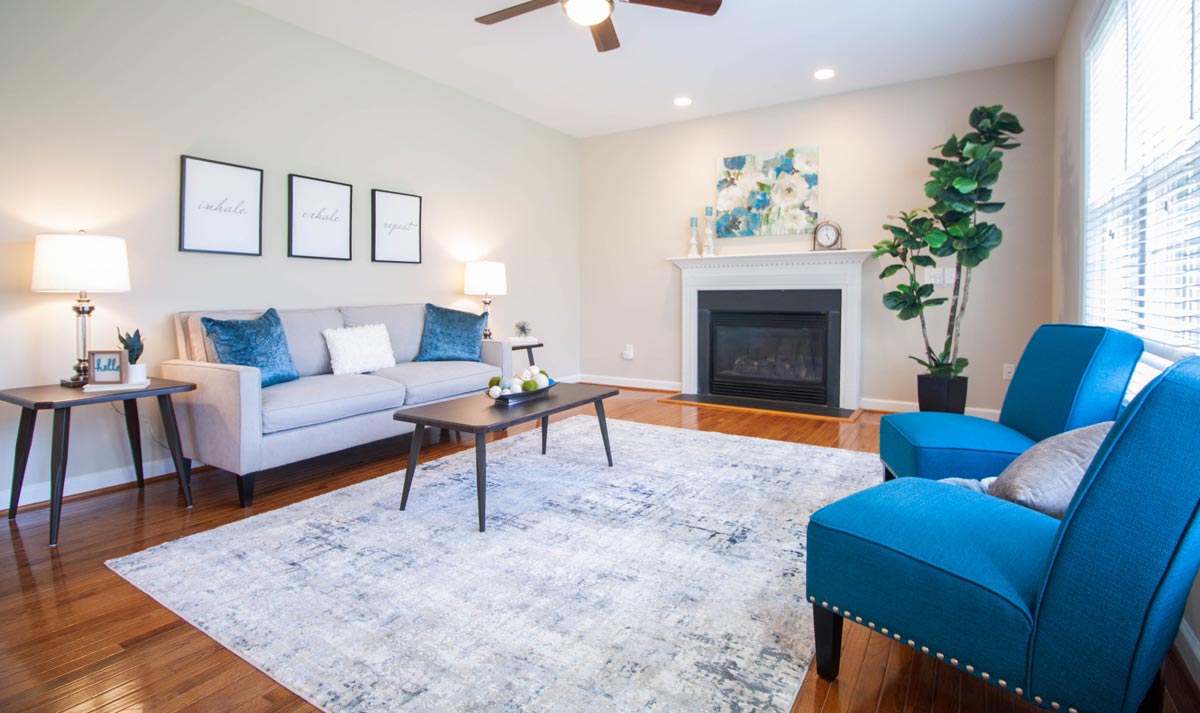
Vacant Home Staging
A vacant home frequently lacks definition and appears smaller than it actually is. Vacant home staging makes an emotional connection with a buyer both in-person and through the realty listing images by allowing them to see the possibilities of a home. Furniture and decor appropriate for the area can help buyers visualize their own items in the house. In short, home staging is an essential step to take when selling a vacant home.
Is Home Staging Really Worth It?
A frequently asked question is whether it’s necessary to stage a vacant house for sale. The quick response is YES!
An empty property is known to be more difficult to sell for a variety of reasons. Below are just a few examples:
- Vacant homes appear smaller
- An empty home’s flaws will be evident to buyers
- Unoccupied homes draw burglars

Here is why you should stage a vacant home:
Staged Homes Sell Quickly And Make More Money
Staging Facilitates Buyers' Visualization
Home staging may assist potential buyers in visualizing themselves in the property while also helping to present the home in its best light. Purchasers like seeing how a space appears and functions, especially after a move-out or before a home has ever been owned.
What Does A Home Stager Do?
In Episode 6 of Design Time: From the Floor Up, expert home stager Sherrie Medeiros of First Impression Home Staging explains the myriad of home staging essentials she offers.
“We have 5000 square feet of warehouse inventory. We’ve got furniture, art, accessories, area rugs, lamps, floor lamps… There’s a lot of stuff here. This year, we maxed out at about 23 houses of furniture,” Medeiros mentions.
Vacant home staging experts like Medeiros will:
- Work with you to discuss the needs of your space and design a strategy for transforming your empty house into a buyer’s ideal residence.
- Use the furniture, accessories, and artwork in their warehouse as needed.
- Utilize the art of staging to effectively and tastefully select the ideal items to add character and distinction while raising the perceived worth of your property.
Remember that buyers are purchasing a dream, not simply a house. When choosing a home stager, consider the location, size, price range of the house, and the rooms that need to be staged. These elements heavily influence the cost of home staging.

How Do You Stage An Empty House?
The best home characteristics can be highlighted in multiple ways by sellers who stage their houses.
Employ an Expert Home Stager
However, if you can’t afford to spend too much money, you can request that the home stager concentrates on the most significant rooms. The living room, kitchen, and master bedroom are where buyers spend the most time. Outfitting these rooms can increase your property’s likelihood of selling without breaking the bank. According to research, buyers deemed staging the living room to be highly significant (46%), followed by staging the master suite (43%) and kitchen (35%).
Soft Home Staging
Soft staging is a less expensive service that many seasoned stagers provide. To warm up your property and increase its appeal to potential buyers, they will bring items like carpets, paintings, mirrors, and accent lamps.
Virtual Home Staging
Virtual staging is a different approach to making your property appear more inviting. This type of home staging involves adding furnishings to the listing images. Although this approach is less expensive than hiring a staging company, the results might not be as good. Because the house isn’t adorned, potential buyers may still have a wrong impression after visiting the property in person.

DIY Home Staging: Should I Stage My Home By Myself?
Doing your own staging is an additional approach to save money. You might be able to decorate your home without spending any money if you borrow extra furniture from friends and family.
However, if you don’t have much decorating experience, you should schedule a meeting with a qualified stager to seek guidance on decorating your home. Make sure the furnishings you choose are stylish because poor decor can hurt your house more than it helps and might reduce the sale price.
Locate a Real Estate Agent That Offers Home Staging
Try browsing UpNest if you’re searching for a real estate agent that will go above and beyond to sell your home. Regardless of whether you decide to stage your house, this network can assist you in connecting with top local agents who can help you sell your home.
Author
-

Sarah is the Communications Manager at Floorily. With a strong background in digital marketing, she develops strategies and marketing material to help grow and promote Floorily. In her free time, Sarah enjoys camping, hiking, and being a passenger on flights flown by her aviator husband.